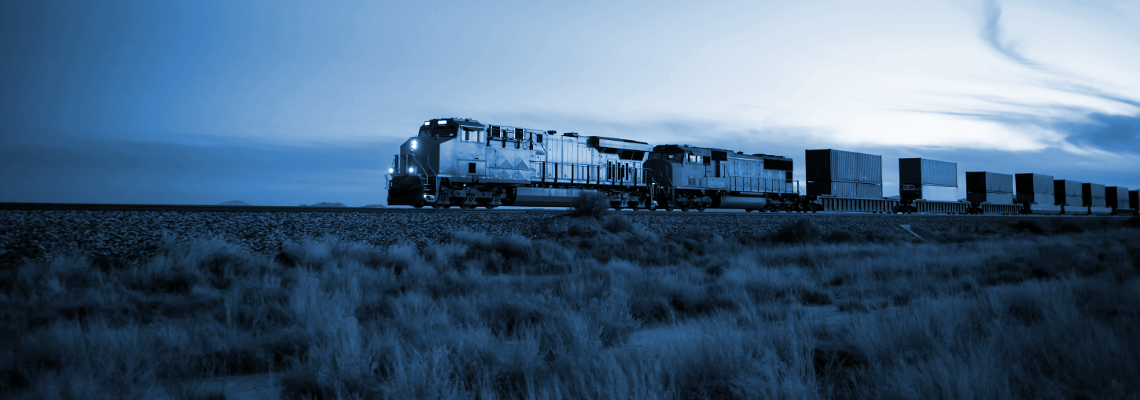Vale Increases Use of BE Locomotives in Brazil
As part of the strategy of accelerating the use of technologies that use renewable sources, Vale received at the end of March its second 100% electric locomotive, powered by battery. Manufactured in China by CRRC Zhuzhou Locomotive (CRRC ZELC), the equipment will initially operate in the maneuvering yard of the Ponta da Madeira Terminal in São Luís (MA). Its batteries, made of lithium, have a storage capacity of 1000 kWh, with autonomy to operate up to 10 hours without stops for recharging.
CRRC’s locomotive is part of Vale’s strategy to electrify its mine and rail equipment. The two areas account for 25% of the company’s direct carbon emissions, the so-called scope 1. In 2019, Vale announced the goal of zeroing its net emissions of scopes 1 and 2 (relative to electricity consumption) by 2050. To this end, it is investing between US$ 4 billion and US$ 6 billion.




